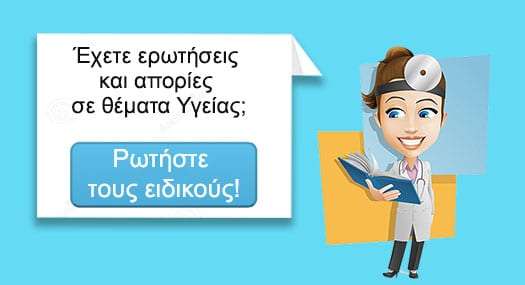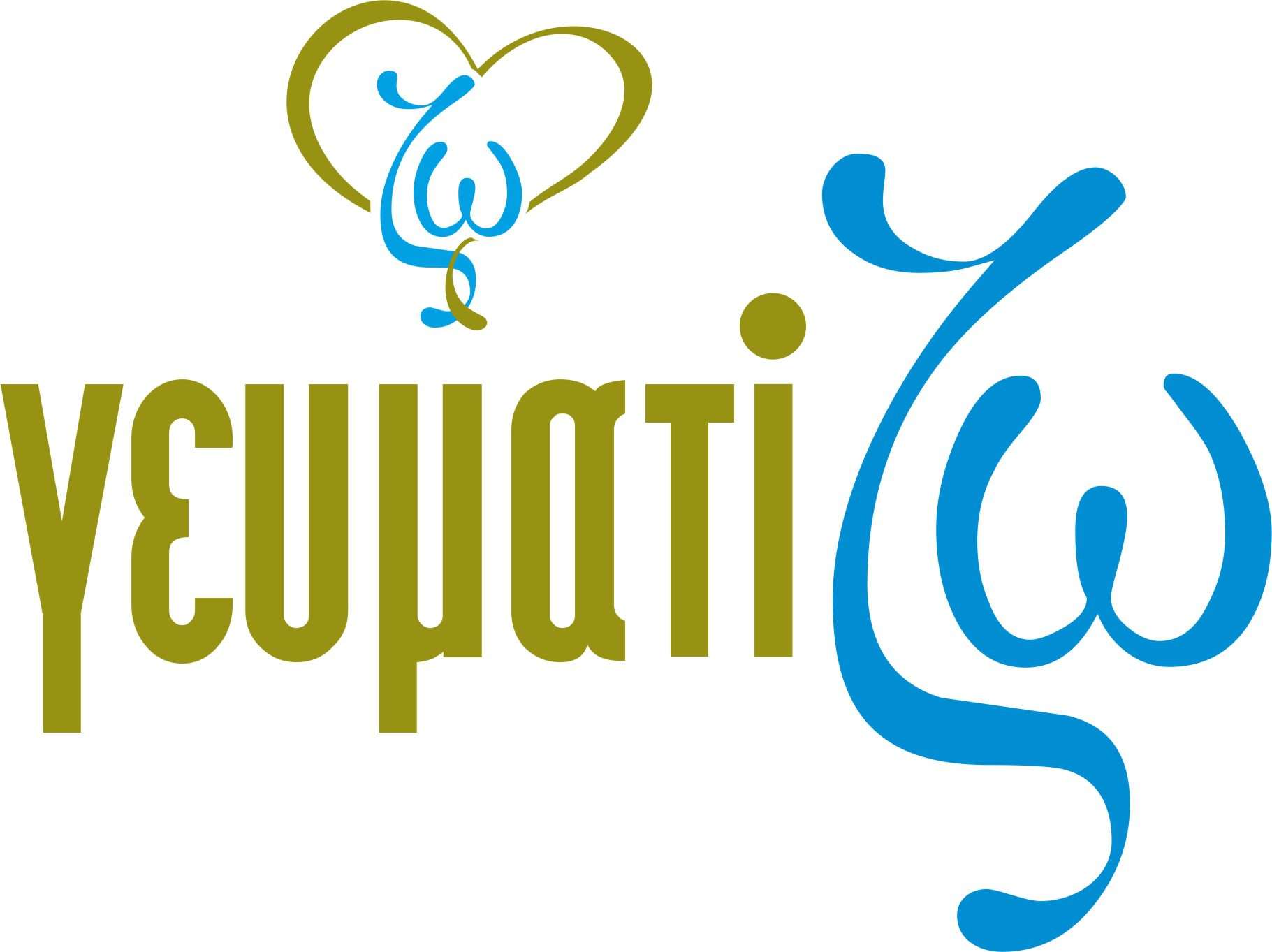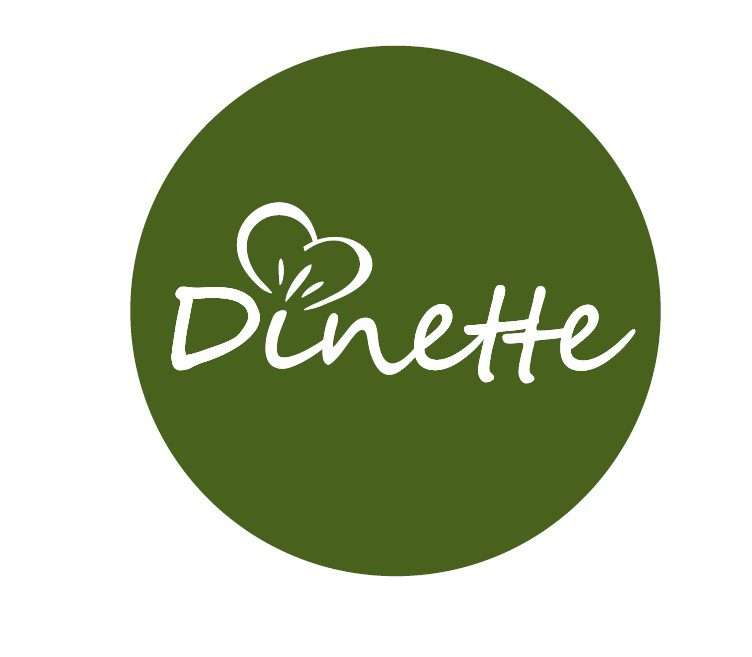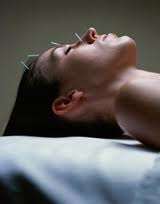The New Reality of Acupuncture Medicine
During the last years of the Qing Dynasty (around 1900), the bubonic plague swept through Hong Kong, then a British colony. British administrators divided patients into two groups, one of which was treated by Chinese medicine and the other by Western medicine, and evaluated the efficacy of each treatment. The first evaluation indicated that Chinese medicine was 50% more effective than Western medicine. Western doctors in Hong Kong challenged this evaluation and demanded a second evaluation with re-designed parameters. However, the second evaluation also showed that Chinese medicine was effective in 60% of the cases while Western medicine was effective in only 30% of the cases. As a result of this experiment the practice of Chinese medicine was officially allowed in Hong Kong. This historical case is recorded in a well known Chinese medicine book, Yi Xue Zhong Zhong Can Xi Lu (Modifying Chinese and Introducing Western Medicine, Zhang Xi-chun, 1935, reprint 1985, China.)
Objectively speaking, until the early last century Chinese medicine showed better therapeutic efficacy than Western medicine. In fact, based on documentation of the above Hong Kong epidemic study it is obvious that the majority of the survivors in the Western medicine group survived solely due to their own excellent self-healing capability and not due to Western medicine intervention.
What will happen if we repeat this experiment today? If the same experiment were conducted today, the outcome would be different. The projection is that the non-specific Chinese medicine still will produce the same 60% efficacy, while the specific Western medicine of the 21st century can achieve 90% efficacy.
Let’s have a close look at this case. Western medicine was developed as specific medicine. It requires precise diagnosis and specific treatment of the diagnosed pathology. In 1900, specific treatments for most pathology were either non-existent or insufficient. By contrast, Chinese medicine is non-specific by nature and is directed towards restoring the Yin Yang balance (general health or homeostasis) by improving Wei Qi (immune function) and promoting self-healing. It allows the majority of the patients to benefit via a combination of Chinese pharmaceutical (herbal medicine) and acupuncture treatments.
We refer to the combination of pharmaceutical treatments and acupuncture treatments as “Chinese medicine” but please remember that these treatments are distinct and separate modalities that have been treated as such since the times of the Yellow Emperor. Traditional Chinese Medicine (TCM) teaches pharmaceutical applications (using herbal, animal, mineral medical substances). Acupuncture Medicine (AM) teaches acupuncture treatments. In the process of securing acceptance of Chinese medicine in the Western World, the lines between these two modalities have been blurred and often Acupuncture Medicine is treated as a subset of Traditional Chinese Medicine. As you read the interview below, remember that AM and TCM are in fact separate modalities, based on different physiological mechanisms.
Introduction
Before I begin the interview with Dr. Tan, let me share with you some personal information about my background:
With unshakable belief in the power of Chinese medicine I started my apprenticeship 38 years ago. My mentor was a famous doctor in a southern city of Kunming whose family practiced Chinese medicine for many generations. (He is almost 90 years old now and is still practicing in Kunming). Today, with an even deeper appreciation of the “immortal pearls “of Chinese medicine, I am always thinking of how we, as modern practitioners, can benefit our patients by further improving clinical efficacy and further developing the theories of Chinese medicine in the context of the high-tech 21st century.
Many of my friends and colleagues in China and around the world are relentlessly working towards the same goal. In the last 20 years many of them made groundbreaking, worldwide recognized theoretical and clinical discoveries regarding the further development of Chinese medicine based on scientific contemporary principles.
A new reality of Acupuncture Medicine (AM)
In Part One of our article I discussed the 20-year-long, highly acclaimed research of Professor Long-xiang Huang, Vice President of the Acupuncture Institute of the Academy of Chinese Medical Sciences in Beijing, China (until last year it was Academy of TCM). In his opinion, today’s traditional acupuncture is like a pearl necklace, where the pearls of wisdom and vast empirical/clinical experience are strung together by the strings of outdated theories and inadequate explanations.
For a detailed explanation of Professor Huang’s theory please see our textbook “Biomedical Acupuncture for Pain Management, Integrative Approach,” Yun-tao Ma, Mila Ma, Zang Cho, Elsevier, 2005. Also translated in German and Portuguese.
In Part Two of our article we introduce to you another well known and respected Chinese researcher, author of more than 40 publications and the leading researcher of TCM theories Prof. Chen Xiao-ye of the Academy of Chinese Medical Sciences in Beijing. His research sets the background for our interview with Dr. Tan.
In the late 1970’s, the Chinese government increased financial support for Traditional Chinese Medicine (TCM) and Acupuncture Medicine (AM). At this time, several research projects were being carried out to transcend Chinese medicine to a new level— that of a modern, scientific, evidence-based medicine.
After more than 20 years of meticulous research, Prof. Chen Xiao-ye published a book titled Research in TCM theories, 2004, Beijing. In this book he concluded that: “The entire Chinese medicine, like many other ancient sciences, is characterized by an amazing combination of highly simplistic domineering theories and un-systematized empirical experiences collected for over 2000 years”. Please keep in mind that in his book, Professor Chen Xia-ye refers TCM as only herbal medicine. We follow his definition in this article.
Thus, Prof. Chen Xiao-ye reached the same conclusion as Prof. Huang but based on different data. Both of these scholars, as well as others in the field, working independently, also indicated that over the years clinical experiences that did not support the domineering underlying theories of TCM were routinely modified in order to maintain the unity and harmony of the theories. The Chinese call this method “cutting the feet to fit the shoes”. Prof. Chen Xiao-ye, Prof. Huang Long-xiang, and many others in this field showed that the leading theories of Chinese medicine – such as Yin Yang, the Five Elements, acupuncture meridians, Zhang Fu, the Six Meridians in Shang Han (cold-induced discorders), Wei Qi Ying Xue in Wen Bing (warm-induced discorders), San Jiao, etc., – are in reality a confusing blend of empirical experiences (pearls) and pure assumptions (strings) reflecting the level of physiological knowledge of the ancient doctors.
For example:
A. Both Nei Jing (the Yellow Emperor’s Cannon of Internal Medicine) and Shang Han Lun (Theory of Cold-induced Disorders) refer to Meridians (Jing Luo). However, this terminology means different things in these two systems. In Nei Jing meridians mean Qi channels while in Shang Han Lun meridians are stages of diseases.
B. In the Five Element theories, the season of “mid-summer” was artificially created as the fifth season to fit the conception. A contemporary leading authority in TCM, Professor Teng Tie-tao of Guang Zhou TCM University indicated in Journal of Guan Zhou TCM University ,1988, that: “The five-element theory with its inter-controlling concepts of Nei Jing Time does not match the physiological reality. So the Five-element theory should be given the right name of Theory of Five Organ (Zhang) Relationship.”
C. Pericardium and San Jiao meridians were invented to match the 6 Zhang-fu.
The list can go on and on.
Now, for the first time in history, many leading experts of traditional classical acupuncture in China, South Korea and Japan are working together to clarify confusion and to find a common ground for standardizing acupuncture medicine (AM). Many of our good friends are involved in this incredibly difficult but much needed task and provide us with first-hand information.
I asked my good friend Dr. Tan Yuan-sheng, Deputy Director of the Office of Acupuncture Standardization, Secretariat of World Federation of Acupuncture Societies (WFAS), Beijing, China to give an interview to the readers of Acupuncture Today. Dr. Tan is specializing in acupuncture theory and acupuncture historical literature. Dr. Tan Yuan-sheng’s professional duties involve the standardization of acupuncture medicine and are sponsored by the World Federation of Acupuncture Societies and the World Health Organization.
Discussion
Ma: For many years you have been involved in research regarding the relationship between TCM and AM. What have you discovered?
Tan: Presently acupuncture theories are being carefully examined in China. For a long time AM has been mistakenly regarded as a sub-specialty affiliated with TCM. This implies that TCM is the first-order specialty while AM is a second-order subspecialty within the TCM. Accordingly, acupuncture training is always carried out in a department of a TCM university instead of its own independent institution. Thus, if you would like to study acupuncture, you have to study TCM and then study acupuncture the TCM way. For example, academic acupuncture textbooks use TCM theories to guide AM practice and indiscriminately apply TCM diagnostic methods to AM practice.
Here is a comparison of educational settings between TCM and AM.
From the table below you can see that acupuncture training blindly follows the standard TCM theories.
|
Traditional
Chinese
Medicine
(TCM)
|
TCM
Theories
|
TCM
Diagnosis
|
TCM
Pharmacology
|
TCM
Pharmacy-
Logical
Prescription
|
Internal
Medicine
And other subspecialties of TCM
|
|
Acupuncture
Medicine
(AM)
|
TCM
Theories
|
TCM
Diagnosis
|
Meridianology,
and
Acupointology
|
Acupoint Prescription
|
Application of AM to other subspecialties
|
The above table demonstrates that TCM imposes its own theories on AM and practically absorbs AM. However, AM is not a subspecialty of TCM.
Now that the acupuncture mechanism is fairly understood by scientific researches and acupuncture practice is widely acceptable, the difference in clinical mechanisms between AM and TCM has become obvious. Thus, the educational settings for AM should be modified and AM should and will have its own theories and methodology.
Ma: We are taught to believe that AM is part of TCM. Now you offered a radically different point of view. Why is AM not a subspecialty of TCM?
Tan: The major difference lies in the fact that AM uses mechanisms of needling to stimulate the acupoints while TCM uses natural substances such herbs, minerals or parts of animals to treat diseases. Due to this drastic difference in clinical mechanisms, AM has its own theories and needs diagnostic and treatment methodology that are different from those of TCM.
Traditionally, the natural substances used in TCM are classified into different groups according to the “four natures” (cold, hot, warm and cool) and “five flavors” (pungent, sweet, sour, bitter and salt)”. Any prescription uses various combinations of natural substances from the “four natures and five flavors” categories.
Also, in TCM the clinical diagnosis of each patient is based on identifying an imbalance in the patient’s symptoms and then identifying the symptomatic natures of the imbalance – such as excessive or insufficient cold or heat. The symptoms are then balanced by pharmacological substances based on the “four natures and five flavors” theories. For example, pharmacological substances from the “hot” group balance cold symptoms; tonic substances balance deficient symptoms.
AM has different physiological mechanisms. Acupuncture needling creates a lesion which stimulates acupoints on the body. A needling-induced lesion stimulates a neuro-phsyco-immunological response involving other physiological reactions through the release of neurotransmitters. Acupoints do not have particular pharmaceutical “natures” or “flavors” as herbs do. The same acupoint, for example Du 14 (Da Zhui), can be used to treat either high fever or hypothermia. The therapeutic function of each acupoint is related to the physiological baseline of the body and the stimulating methods. Thus, acupoints should not be classified as having pharmacological natures.
Ma: In other words, the function of acupuncture is to use needling-induced lesions to stimulate the biologically built-in self-regulating mechanisms to normalize physiology and to restore the balance (homeostasis)?
Tan: Correct. The ancient Chinese doctors understood the difference between TCM and AM quite well. They considered TCM and AM as parallel medical modalities. The Yellow Emperor’s Canon of Internal Medicine (Huang Di Nei Jing) consists of two parts: Fundamental Questions (Su Wen) and Spiritual Pivot (Ling Su). Su Wen is a theoretical system for guiding TCM practice, while Ling Su addresses AM practice.
Sometimes these two parts share the same ideas due to the same philosophical and cultural environment, but each part is presented as a different theoretical system and is very well differentiated. During the Jin Dynasty (265 – 420 AD), Huan-fu Mi compiled and systematized the AM in his famous textbook The Systematic Classic of Acupuncture and Moxibustion (Zhen Jiu Jia Yi Jing) (282 AD). From the very beginning and later on until early 20th century AM was an independent medical system, not a subspecialty of TCM.
Ma: TCM and AM have different physiological mechanisms and so logically they should have different underlying theories. Could you explain why today we are experiencing confusion and blindly applying TCM theories to AM?
Tan: Many factors have contributed to this confusion. I am going to mention some of the most important ones that lead to the creation of this ongoing misunderstanding.
1. TCM and AM were originated, developed and nursed in the same cultural environment, they use the same hieroglyphs (same terminology) to describe different concepts and theoretical systems. For example, the character Mai was used for both blood vessels and meridians. This created and continues to create deep confusions for practitioners.
2. Within the last 200 years there has been an active interaction between Western medical science and Chinese medicine also creating on-going confusion. For example, Westerners who know for sure that the anatomical liver is located on the right side of the body are confused by the TCM teachings that the conceptual liver is located on the left side. To aggravate this confusion in Chinese medicine the same hieroglyph “liver (Gan)” is used for both anatomical liver and conceptual liver.
Western invasion threatened the survival of TCM and AM in China and emphasized a demarcation between the Western science-based medicine and the empirical Chinese medicine. In the 1920’s, the Chinese government issued an order to ban the practice of both TCM and AM as backward “non-scientific practices”. Amazingly, the President of Peking University, Dr. Hu Shi said in the 1920’s that although Western medicine cannot cure many diseases it is scientific and should be practiced while Chinese medicine can cure many diseases but is not scientific and should be banned. Sadly, this point of view was supported at that time by many modern- educated professionals throughout China.
The Chinese government’s decision to forbid the practice of Chinese medicine would have left hundreds of thousands of practitioners jobless. TCM and AM practitioners had to join forces and fight for their survival, which meant proving that TCM and AM are scientifically based and clinically effective.
The well-known Dr. Chen Dan-an tried to incorporate nervous system into acupuncture theory and published a textbook. Other doctors tried to analyze biochemical composition of herbs. The intention was to prove that Chinese medicine was “scientific” and should be allowed to be practiced.
3 During this time the final mix-up happened.
In the 1920’s an acupuncture master Luo Zhao-Ju proposed a new concept of the “pharmaceutical nature of acupoints,” blending TCM with AM on the assumption that because TCM and AM shared the same philosophy, they should share the same theoretical system (as you see – again and again – cutting the feet to fit the shoes).
Luo’s pharmaceutical idea was much easier to understand than the neurological idea of Dr. Chen and became widely accepted.
Thus, the pharmaceutical principles and prescription methods of TCM were artificially applied to AM. At that point AM lost its own identity and became a part of TCM.
Ma: What is the consequence of this process?
Tan: We are seeing the consequence of this mix-up every day. Presently it is a general belief that AM and TCM share the same underlying theories. Practitioners use TCM theories and methods to guide their AM practice such as routinely using pulse and tongue diagnosis in their acupuncture medicine practice.
Most importantly, the artificial binding of AM to the theories of TCM prevents the development of acupuncture medicine.
Ma: You have definitely shed light on the difference between TCM and AM and clarified some problems that confuse many practitioners. It is also very clear that the obligation of modern acupuncture medicine is to respond to the needs of our patients. The difference between TCM and AM is not just an academic problem. This difference directly influences practical daily efficacy of acupuncture medicine.
Conclusion:
Presently some “strings’ based on false beliefs have become “a narrow neck of the bottle” preventing further development of acupuncture medicine. It is not possible to improve false beliefs. When the false “stings” are carefully discarded, immortal “pearls” will shine brilliantly. Acupuncture medicine (AM) is a powerful, worldwide recognized modality with unique and scientifically explained mechanisms. I deeply believe that in the near future, AM will be an indispensable part of mainstream medical care.
Yun-tao Ma, Ph.D, Lic.Ac
Director of Biomedical Acupuncture Institute, Boulder, Colorado, USA
Co-author of a textbook Biomedical Acupuncture for Pain Management, Y.T.Ma, Mila Ma, Z.Cho,2005, Elsevier, translated on German, Portuguese, Chinese
www. BioMedAcupuncture.com
BMAI@BioMedAcupuncture.com
Ma-and-ma@comcast.net
Πηγή:http://www.acupuncture.gr




